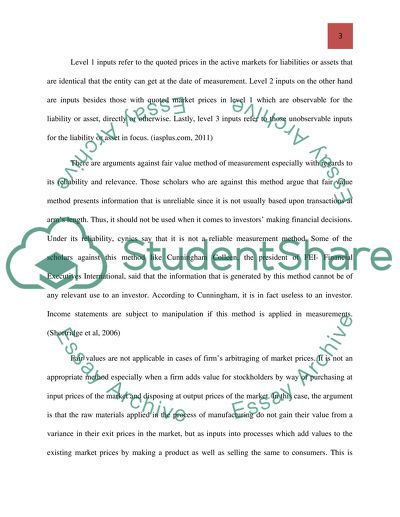Cite this document
(“Discuss the two objections to the use of fair value measurement Essay”, n.d.)
Discuss the two objections to the use of fair value measurement Essay. Retrieved from https://studentshare.org/finance-accounting/1434567-discuss-the-two-objections-to-the-use-of-fair
Discuss the two objections to the use of fair value measurement Essay. Retrieved from https://studentshare.org/finance-accounting/1434567-discuss-the-two-objections-to-the-use-of-fair
(Discuss the Two Objections to the Use of Fair Value Measurement Essay)
Discuss the Two Objections to the Use of Fair Value Measurement Essay. https://studentshare.org/finance-accounting/1434567-discuss-the-two-objections-to-the-use-of-fair.
Discuss the Two Objections to the Use of Fair Value Measurement Essay. https://studentshare.org/finance-accounting/1434567-discuss-the-two-objections-to-the-use-of-fair.
“Discuss the Two Objections to the Use of Fair Value Measurement Essay”, n.d. https://studentshare.org/finance-accounting/1434567-discuss-the-two-objections-to-the-use-of-fair.


